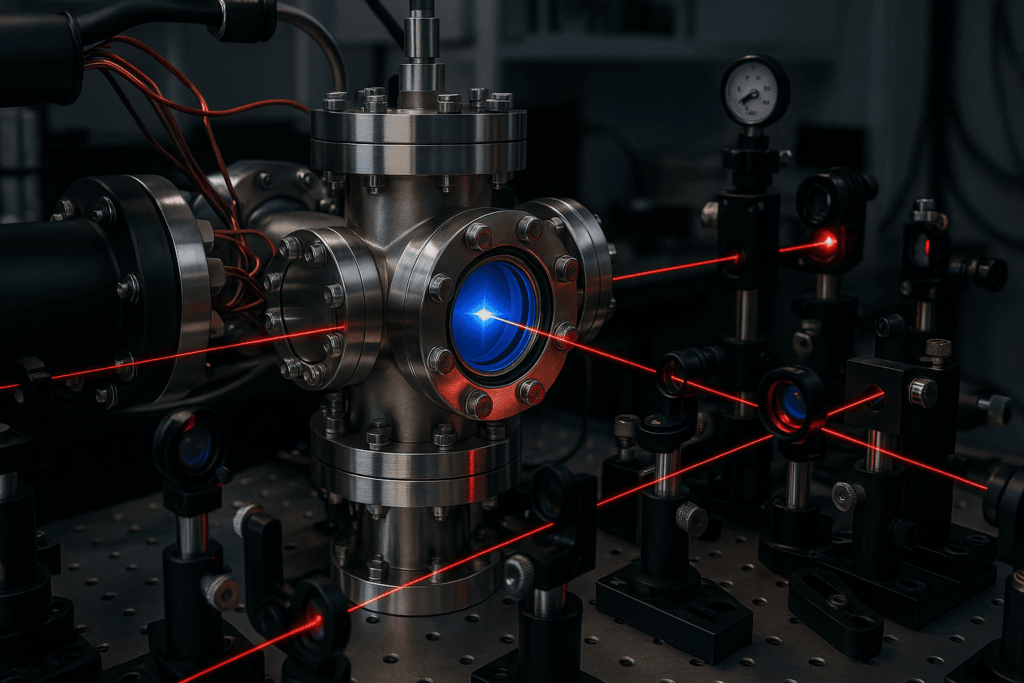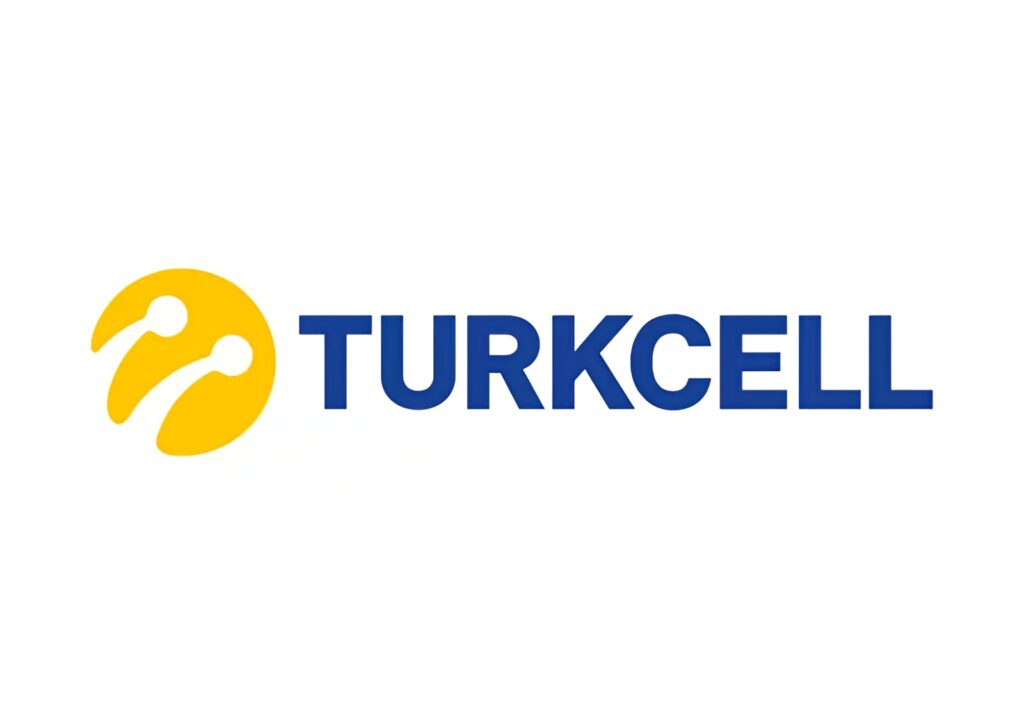Insider Brief
- NVIDIA, Rolls-Royce and Classiq worked together to use quantum computers to build more efficient jet engines.
- Using NVIDIA’s quantum computing platform, the companies have designed and simulated the world’s largest quantum computing circuit for computational fluid dynamics.
- The circuit that measures 10 million layers deep with 39 qubits.
PRESS RELEASE — NVIDIA, Rolls-Royce and Classiq, a quantum software company, announced a quantum computing advance aimed at bringing ever-increasing efficiency to jet engines.
Using NVIDIA’s quantum computing platform, the companies have designed and simulated the world’s largest quantum computing circuit for computational fluid dynamics (CFD) — a circuit that measures 10 million layers deep with 39 qubits. By using GPUs, Rolls-Royce is preparing for a quantum future despite the limitations of today’s quantum computers, which only support circuits a few layers deep.
Rolls-Royce plans to use the new circuit on its journey to quantum advantage in CFD for modeling the performance of jet engine designs in simulations that use both classical and quantum computing methods.

Such breakthroughs are important to Rolls-Royce, a world leader in the aviation industry, in its work to build state-of-the-art jet engines that support the energy transition with more sustainable aviation.
“Designing jet engines, which are one of the most complicated devices on earth, is expensive and computationally challenging,” said Ian Buck, vice president of hyperscale and HPC at NVIDIA. “NVIDIA’s quantum computing platform gives Rolls-Royce a potential path to tackle these problems head-on while accelerating its research and future development of more efficient jet engines.”
“Applying both classical and quantum computing methods directly to the challenge of designing jet engines will help us accelerate our processes and perform more sophisticated calculations,” said Leigh Lapworth, computational science fellow at Rolls-Royce.
Rolls-Royce and its partner, Israel-based Classiq, designed the circuit using Classiq’s synthesis engine and then simulated it using NVIDIA® A100 Tensor Core GPUs. The speed and scale of the process was made possible by NVIDIA cuQuantum, a software development kit that includes optimized libraries and tools to speed up quantum computing workflows.
If you found this article to be informative, you can explore more current quantum news here, exclusives, interviews, and podcasts.
















